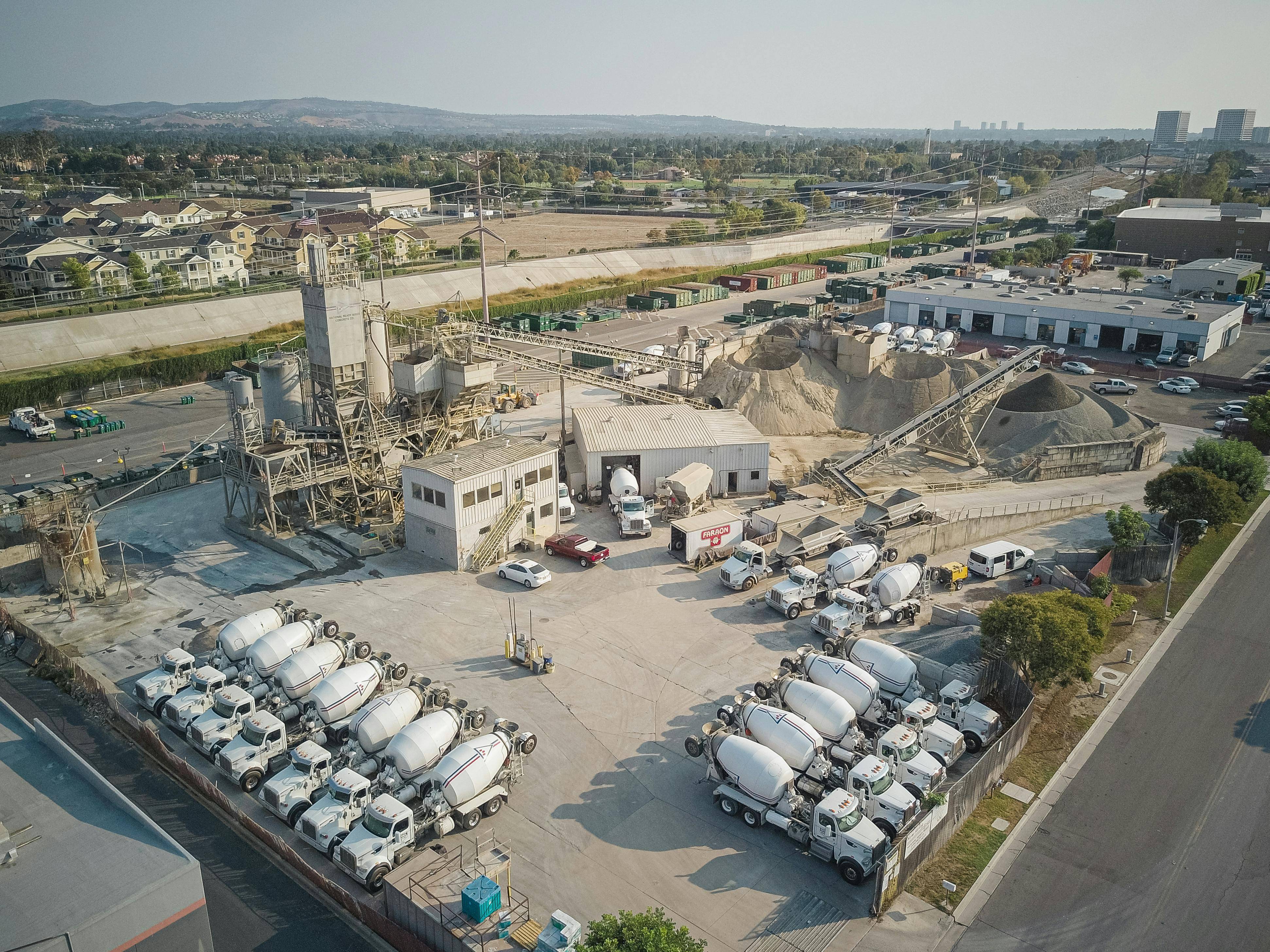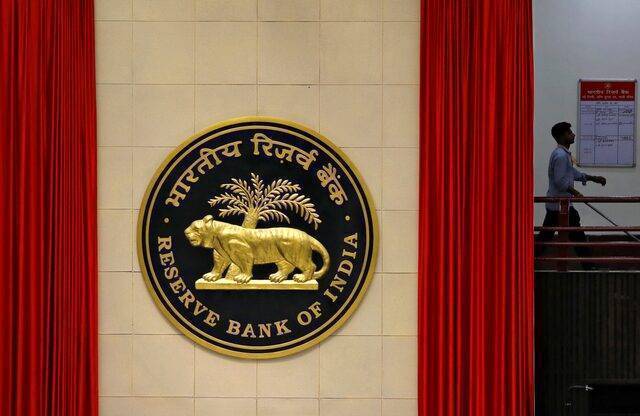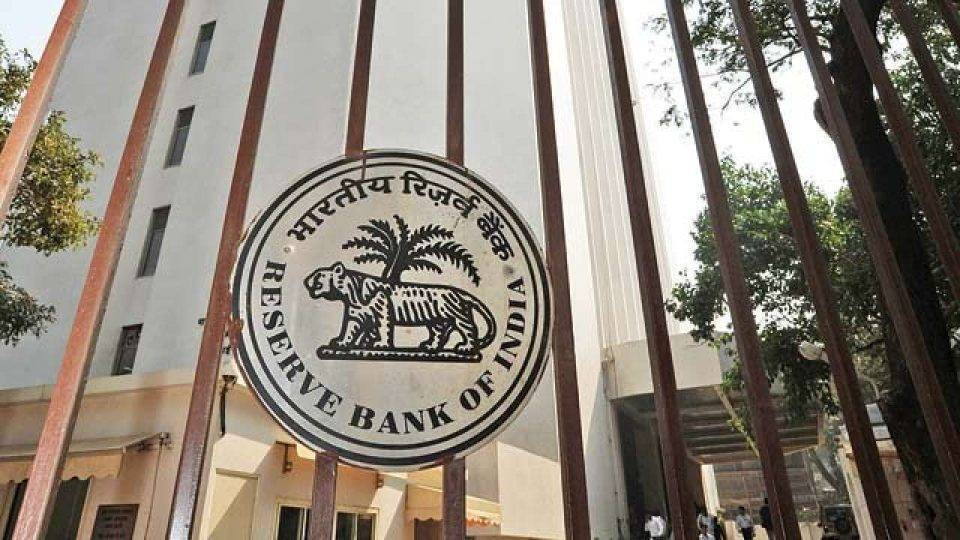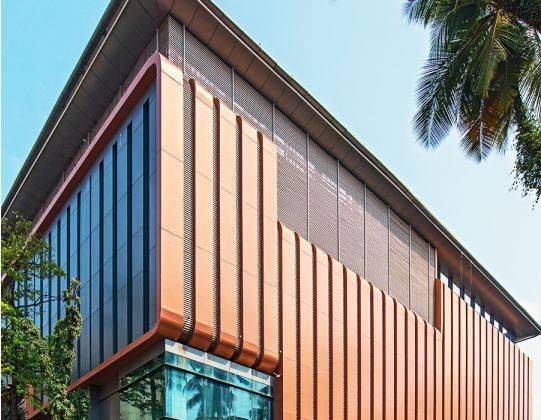The Union Budget 2025-26, presented by Finance Minister Nirmala Sitharaman, has laid out a comprehensive vision for India’s economic growth, with a strong emphasis on infrastructure development, housing, and employment-led growth. For the cement industry, this increased focus on large-scale housing and infrastructure projects presents a significant opportunity for growth, both in demand for cement and in driving capacity expansion. The Cement Manufacturers’ Association (CMA) has welcomed the budget, highlighting its importance in shaping the future of India’s construction sector and overall economic development.
A Vision for Infrastructure Growth and Cement Demand
The Union Budget 2025-26 prioritizes large-scale investments in rural and urban development, with a special focus on infrastructure expansion. This includes significant allocations aimed at strengthening existing infrastructure and promoting new development, which will directly impact sectors like construction, manufacturing, and logistics. For the cement sector, this increased spending on infrastructure is expected to drive demand for construction materials, especially cement, a key ingredient in the building of roads, housing, and other essential infrastructure.

Mr. Neeraj Akhoury, President of the Cement Manufacturers' Association (CMA) and Managing Director of Shree Cement, expressed optimism about the sustained core focus on infrastructure and its positive impact on the sector. He stated, “CMA hails the Union Budget, announced under the leadership of Prime Minister Narendra Modi for its comprehensive focus on holistic and inclusive development. The Budget reinforces a transformative journey towards building a resilient economy for advancing India’s development goals. The various initiatives announced by the Government balance people’s aspirations with the future requirements for the Country’s economic growth. The focus on increased investments on infrastructure across States amplifies opportunities and avenues for the growth of the Cement sector. We appreciate the sustained core focus on infrastructure and reiterate our commitment to being partners in Nation’s progress.
The increased spending on large scale housing and infrastructure projects will drive demand for construction materials allowing capacity expansion and promotion of innovation in sustainable practices. We are certain that despite challenges these measures will support the Cement Industry in achieving a consistent CAGR growth rate of more than 6 per cent of installed cement capacity in the present financial year. Policy reforms in Budget 2025-26 signal a reaffirmation of the Government’s intent to augment socio economic growth across core sectors."
The Cement Industry plays a vital role in creating direct and indirect employment across various sectors, including manufacturing, logistics, and construction, thereby supporting millions of livelihoods. Additionally, the industry remains a key contributor to the Government exchequer through taxes, duties, and levies, strengthening the country’s fiscal framework.
Capacity Expansion and Innovation in the Cement Industry
As infrastructure projects scale up, the cement sector will need to enhance its production capacity. The government's push for large-scale housing and infrastructure projects is seen as a catalyst for this expansion. Mr. Akhoury noted that the measures outlined in the Budget are expected to support the cement industry in achieving a compounded annual growth rate (CAGR) of over 6 percent in installed cement capacity in the current financial year.
The cement industry, over the years, has made significant strides in improving its production efficiency and innovation. With increased demand on the horizon, cement makers are also expected to invest in capacity expansion and adopt innovative, sustainable practices to meet the demand for construction materials. The focus on sustainability will be particularly crucial as the industry works to reduce its environmental impact while scaling up production to meet national needs.
Government Support for Cement Industry’s Growth

Mr. Parth Jindal, Vice President of the Cement Manufacturers' Association and Managing Director of JSW Cement, highlighted this initiative as a significant boost to the cement sector. He stated, “The Budget presented by Finance Minister Smt. Nirmala Sitharaman is a forward-looking roadmap that will play a pivotal role in shaping the future of India’s cement industry, in line with the country’s vision for a Viksit Bharat by 2047. It prioritizes growth in key sectors such as infrastructure, manufacturing, and technology. The increased investment in technology will accelerate advancements in green cement solutions, driving both sustainability and innovation within the industry. Notable allocations, including ₹20,000 crore to foster innovation and ₹1.5 lakh crore in 50-year interest-free loans to states for capital expenditure on infrastructure development, are expected to significantly bolster growth in the core sectors, including cement sector."
He further added, “The Budget’s focus on a three-year pipeline of projects under the public-private partnership (PPP) model will incentivize private sector investment and catalyze a transformation in the infrastructure landscape. Additionally, the establishment of five National Centers of Excellence for skill development, as part of the 'Make for India, Make for the World' initiative, will ensure that India’s emerging workforce is well-equipped to meet the demands of a rapidly growing economy.”
Public-Private Partnerships and Skill Development
In the Union Budget, Finance Minister Sitharaman also emphasized the importance of public-private partnerships (PPP) for driving infrastructure development. The cement industry is likely to benefit from this focus on PPP models, as it can leverage private sector investment to drive growth in infrastructure projects. The government’s commitment to expanding infrastructure through PPP models is seen as a long-term strategy that will stimulate economic activity and create job opportunities.
Additionally, the establishment of five National Centers of Excellence for skill development will help India’s workforce prepare for the demands of a growing economy. These centers, under the 'Make for India, Make for the World' initiative, will ensure that the construction and manufacturing sectors have access to a skilled labor force, capable of handling the complexities of modern infrastructure projects. The development of a skilled workforce is crucial for the cement industry, which relies on skilled labor for production, logistics, and project implementation.
Cement Industry’s Role in Economic Growth and Employment Generation
The cement industry’s contributions to India’s economic growth go beyond just the production of cement. The sector plays a vital role in creating direct and indirect employment, especially in manufacturing, logistics, and construction. As infrastructure projects expand, employment opportunities will also increase, further supporting economic growth. Additionally, the cement industry is a significant contributor to the government’s exchequer through taxes, duties, and levies, which strengthen the fiscal framework and support government initiatives for economic development.
The increased demand for housing, coupled with government allocations for affordable housing projects, will provide relief to middle-class families, bringing them closer to homeownership. This, in turn, will drive demand for construction materials, including cement, and promote rapid urbanization across the country.
Asset Monetization and its Impact on the Cement Industry
An important aspect of the Union Budget is the second asset monetization plan for 2025-30, which aims to raise Rs 10 lakh crore for new projects. This plan builds on the success of the first asset monetization program launched in 2021. The injection of capital into new projects is expected to spark innovation across various sectors, including construction and infrastructure. For the cement industry, this could translate into increased demand for cement as new infrastructure projects are rolled out across the country.
The asset monetization plan is also expected to support the overall economic growth of the country, leading to greater investment in infrastructure, which will directly benefit the cement sector. The increased focus on infrastructure will help the cement industry meet the country’s growing demand for construction materials while creating long-term growth opportunities.
The Union Budget 2025-26 presents a roadmap for India’s continued economic growth, with a particular focus on infrastructure development, housing, and employment generation. For the cement industry, the Budget's emphasis on large-scale infrastructure projects, public-private partnerships, and innovation presents significant growth opportunities. With increased demand for cement expected to accompany the expansion of infrastructure and housing projects, the cement sector is well-positioned to contribute to the country’s development goals.









